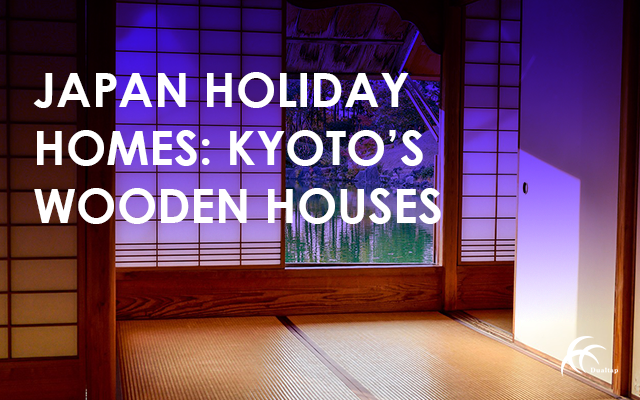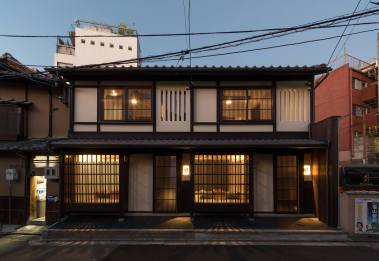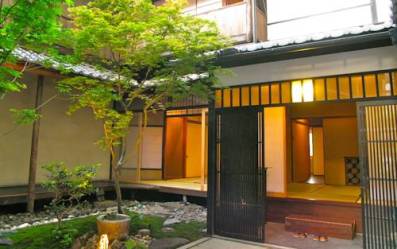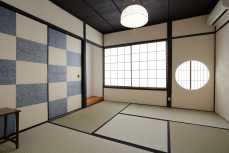
I still remember clearly my first experience of staying in a machiya. It was one that inspired a deep calm, the smell of wood and the slightly grassy scent of tatami, and sunlight filtering through foliage in the little garden in the courtyard.

Just like so many historical buildings in city, increasing urbanisation is threatening the existence of the machiya in Kyoto. Roughly 800 of these traditional houses are demolished every year, or around 2 every single day. In May 2017, a study released data showed there there are only 40,000 machiya left in the city in 2016, down 5,600 from a previous survey in 2009. Around 15% of the machiya are vacant and dilapidated, an increase from the previous survey.
Machiya, or sometimes called kyomachiya (京町屋), are traditional, wooden buildings found throughout Japan but has a special place in Kyoto.
Being wooden, the machiya are subject to greater risks from earthquakes and fire, making it harder to maintain. Many residents think that it is financially difficult to maintain a machiya, and some simply think that it is old-fashioned.
Some groups of people disagree though, and have banded together in a bid to save these unique buildings. Last year, 3 Singaporeans and 1 Malaysian saved a machiya from demolition. The 4 men pooled together a six figured sum to transform the machiya into a serviced accomodation and named their business Shimaya Stays.
Photos by Shimaya Stays
The result is an extremely stunning building that offers all the modern comforts combined with a deep love and respect for Kyoto’s history and local community. Business has been quoted to been swift and the group has acquired more machiya for them to be transformed this year.
Another significant example is the brainchild of author and culture advocate Alex Kerr, who founded Iori in 2004, a company offering travelers a chance to stay in an exquisitely restored machiya.
Photos by Iori Machiya
Thinking of investing or living in Kyoto?
Kyoto and Japan overall has seen huge increases in foreign visitor arrivals, and the government is pushing this to 40 million by 2020, which is really crazy considering they only received 5 million tourists just 15 years ago in 2003. Kyoto, being the cultural capital of Japan, has seen explosive growth in visitors.
Photos by Kyomachiya Takanashi
What this means is that many Japanese cities have not been able to react quickly enough to this huge spike in visitors and this has caused a lot of strain on the infrastructure and putting stress even on the famous Japanese omotenashi, or hospitality among local residents (I must say many Singaporeans will know this feeling very well…).
Because of this the government is working to legalise minpaku, or home sharing/short-term rentals and rolling out pilot projects or home sharing in cities with high tourist arrivals to tackle the lack of accommodation for guests.
One thing is for sure, the growth of tourism and interest in Kyoto is looking upwards way beyond 2020.
If you like the idea of owning a holiday home or running your own minpaku like the group of friends behind Shimaya Stays, feel free to speak to us. Machiyas can start from anything as low as 19 million yen (approx. SGD 230K), but these units usually need renovation and refurbishment will end up costing around 40 million (approx SGD 500k)








